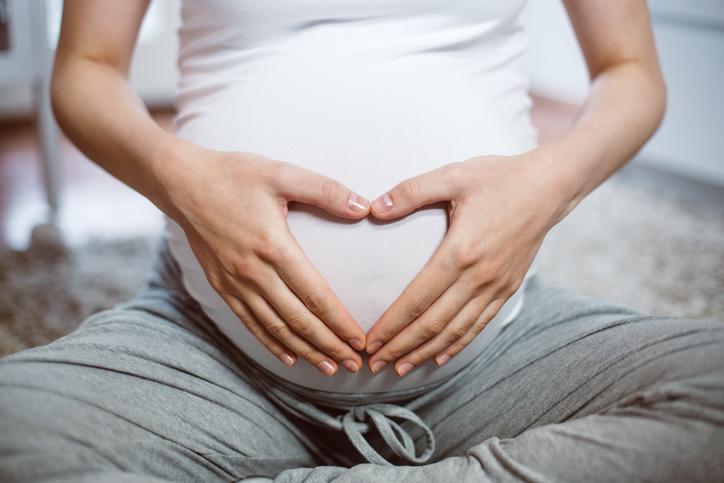
Jennifer Eaton, MD was quoted in this story on Gizmodo.com
Earlier this week, news made the rounds that an Australian woman gave birth to twins conceived ten days apart, in an extremely rare case of “superfetation.” To make matters more intriguing, the woman had polycystic ovary syndrome, meaning her body doesn’t ovulate naturally. Apparently, she underwent a hormone treatment, to “spectacular results.”
This miracle pregnancy was promulgated far and wide across the tabloid world, and even made its way onto mainstream outlets like the BBC and the Huffington Post. But despite the extraordinary nature of the medical case in question—there are less than ten reported instances of superfetation in humans, and it’s not clear any have been proven—few outlets bothered to run it by a fertility expert. Gizmodo ran the case by two, and, shockingly, the internet’s breathless conclusions turn out to be rather dubious.
“I think realistically, it’s pretty unlikely that she got pregnant twice,” Jennifer Eaton, a reproductive endocrinologist and infertility specialist at Duke University told Gizmodo. “It’s more likely that the twins were [indicating] different gestational ages, which is pretty common.”
According to reports, when Kate and Peter Hill’s twin girls were born ten months ago, they were different sizes and weights, and at different levels of gestational development. This led someone—presumably the happy couple’s doctor—to conclude the twins had been conceived ten days apart, in two separate pregnancies that would qualify as a bonafide instance of superfetation.
This should raise eyebrows for a few reasons, the first being that after a woman gets pregnant, a cascade of hormonal changes causes her body to stop ovulating. What’s more, the twins’ mother reportedly only had unprotected sex once, meaning sperm would have had to survive in her body for ten days before fertilizing a second egg. While in some animals, most notably sharks, sperm can survive for months, it’s very rare for human sperm to survive in the female body for even a week. “Hole in one, maybe,” the father joshingly offered.
It’s more likely, Dr. Eaton said, that the two girls grew at slightly different rates, either due to genetic differences, or a delayed implantation of one embryo. Dr. Mindy Christiansen, an assistant professor of gynecology and obstetrics at Johns Hopkins Medical School, agreed.
“There’s a very narrow window for fertilization and implantation to occur,” Dr. Christiansen explained. “In this situation there could have been a delayed fertilization of one of the eggs, followed by a delayed implantation. That’s not really two separate pregnancies.”
Both Drs. Eaton and Christiansen added that it’s fairly common for one twin to be missed on the woman’s first ultrasound, which may have been the case in another reported instance of superfetation.
Finally, some coverage seemed to draw a link between the mother’s hormonal treatment—for her polycystic ovary syndrome—and the dual pregnancy. According to Dr. Eaton, hormone treatments do increase the chance of twins, by making it more likely for the woman to release two eggs in a single ovulation. “But even with those medicines, it’d be very unlikely for her to ovulate, conceive, and ovulate again,” she said.
Without knowing all the specific details of the case, Dr. Christiansen said, it’s impossible to rule superfetation out. But if Occam’s razor is any guide, the truth about these adorable Australian twins is probably a wee bit less miraculous than the internet would have you believe.